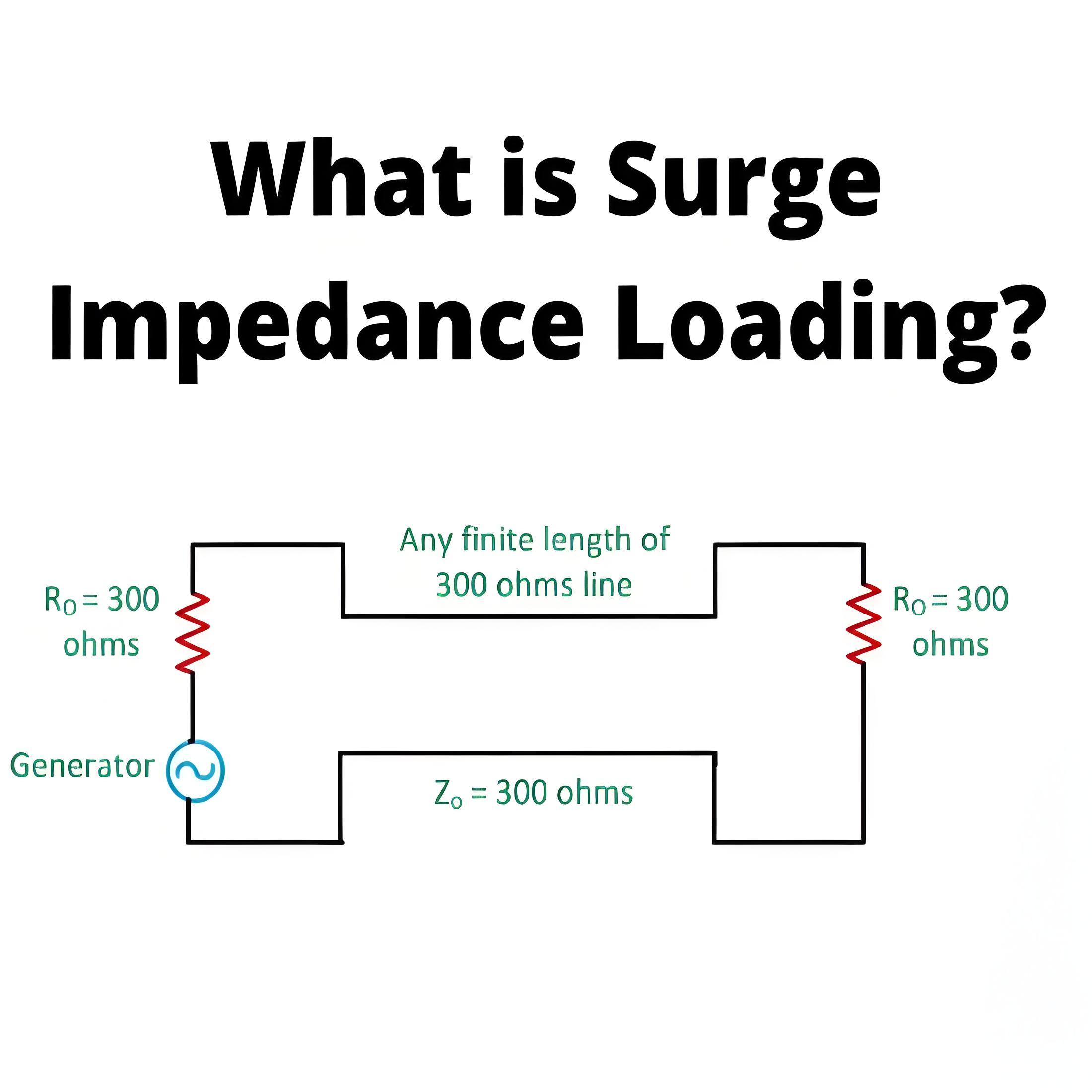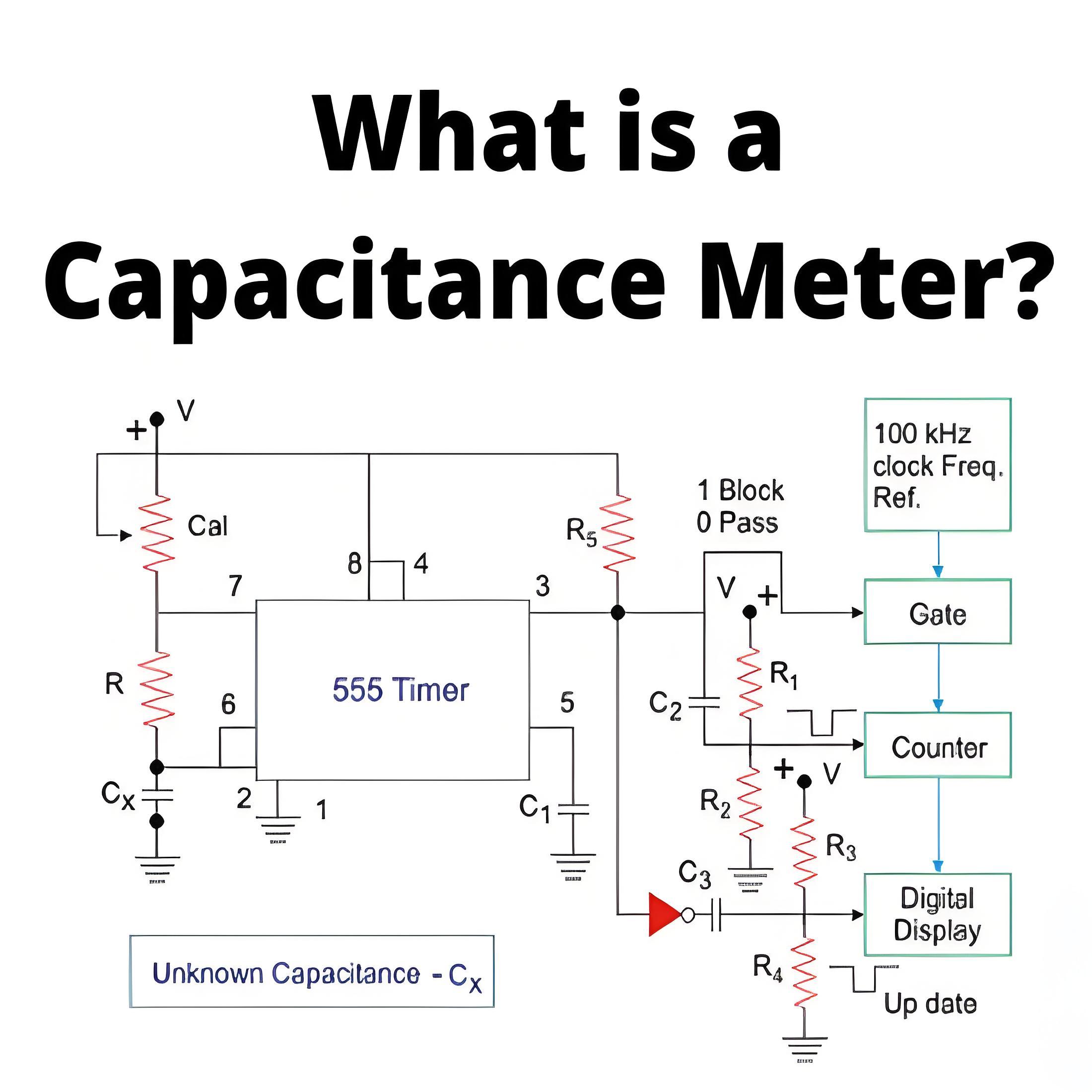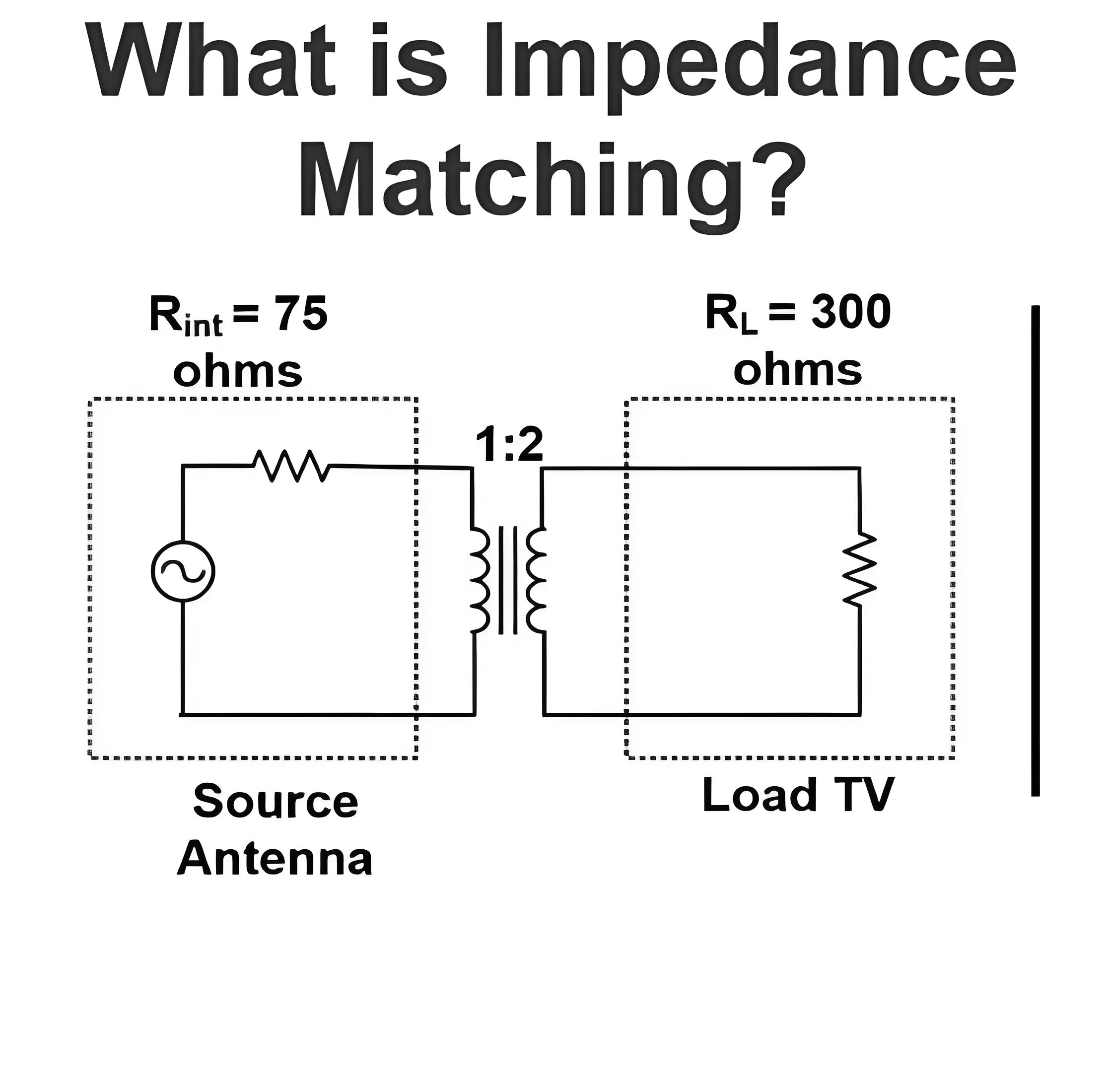Flowchart of the proposed ANN
The design and advantages of a novel light emitting diode (LED) bandwidth extension technique, based on the adoption of negative impedance converters (NICs), are discussed in the context of visible light communication systems. The design principles of the proposed negative impedance converter are introduced, with analytical derivations of the impedance frequency behaviour and the circuit performance frequency limitations. A two-transistor circuit is designed to generate a negative capacitance over the range -3 to -5 nF and is experimentally demonstrated, using discrete transistors, passive elements and commercially available LED constructed on a PCB, with frequencies up to 50 MHz. NIC design considerations necessary to obtain optimum LED bandwidth extension are discussed and outlined. Measurements demonstrate advantageously the optically lossless nature of the proposed solution and that, unlike traditional passive equalization or pre-distortion based bandwidth extension techniques, substantial improvement in the LED bandwidth, of up to 400 % can be obtained without compromising the output optical power.
Source: IEEE Xplore
Statement: Respect the original, good articles worth sharing, if there is infringement please contact delete.
EEE Xplore is the flagship digital platform for discovery and access to scientific and technical content published by the IEEE (Institute of Electrical and Electronics Engineers) and its publishing partners.



